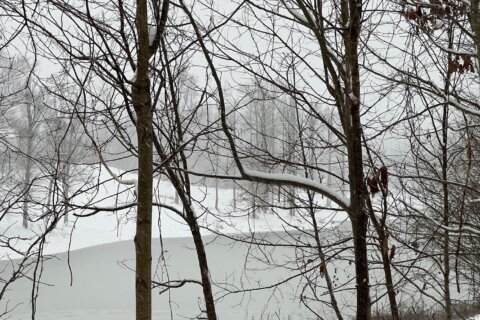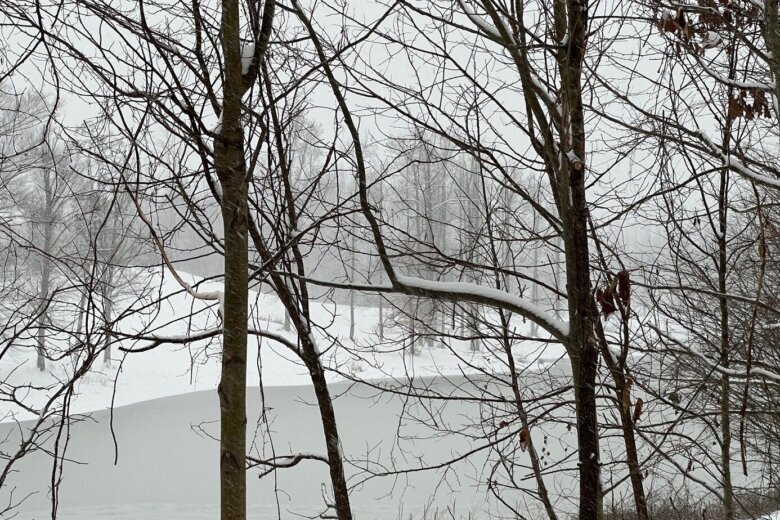
As freezing temperatures grip the D.C. region, first responders are urging everyone to be careful around frozen ponds, lakes and creeks.
While the cold snap may create the illusion of safe ice, conditions are not cold enough for activities such as walking or skating.
It is not like ice that is formed in northern climates during a continuous, hard freeze.
“Ice can be very deceiving,” said Tom LaBelle, chief of Prince William County Fire and Rescue in Northern Virginia. “We’re having really cold evenings, which allow a little bit of ice to form on the top of bodies of water, but the ice doesn’t actually get thick enough to sustain the weight of a human being.”
LaBelle added many local bodies of water are spring-fed, meaning warmer water flows up from below.
“It’s actually going to be pretty thin ice, and you’re never going to be able to tell it from above ground,” LaBelle said. “You probably aren’t as familiar with the body of water as you think you are.”
LaBelle encouraged residents who see someone walking on ice to recommend they stop.
If someone does fall through the ice, the first step is to call 911 immediately and not go in after the person, according to LaBelle.
“We have the equipment to help people,” LaBelle said. “Throw them a rope or something they can float on, if you happen to have one near you, and get us heading in your direction so that we can get to them as quickly as possible.”
After falling into icy water, moderate to severe hypothermia can occur in less than 10 minutes.
“When a local, smaller body of water in your area is frozen over, it’s certainly beautiful and it’s certainly tempting to go out and test the ice and see what it’s like,” LaBelle said. “Please stay off the ice.”
“This kind of weather, although it’s incredibly cold, isn’t going to be enough to make ponds into ice skating rinks,” he added.
Get breaking news and daily headlines delivered to your email inbox by signing up here.
© 2025 WTOP. All Rights Reserved. This website is not intended for users located within the European Economic Area.









